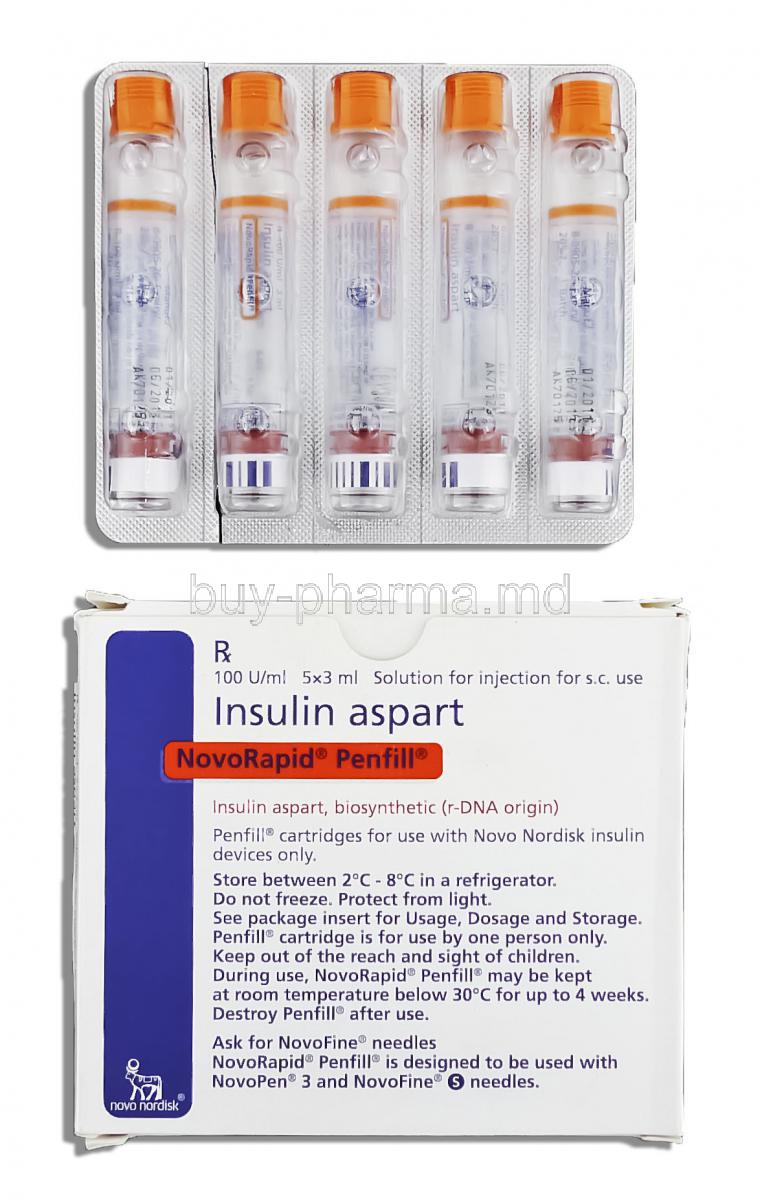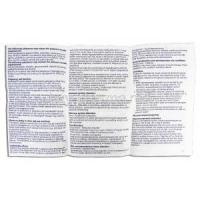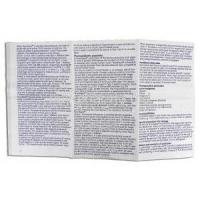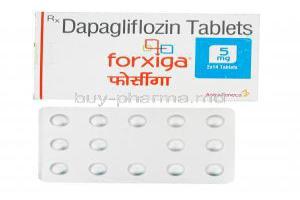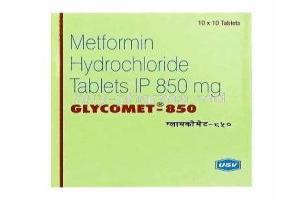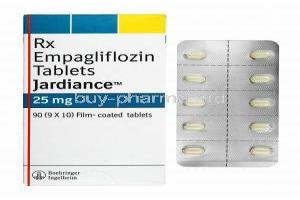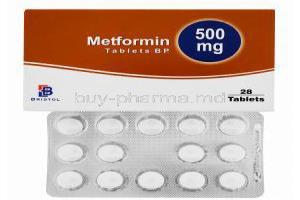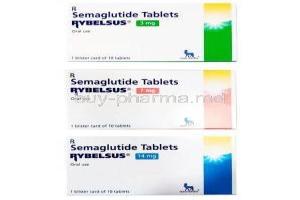NovoRapid Penfilled Injection
- Â
- Introduction
- Â
- Composition
- Uses
- Off-Label Use
- How It Works
- Dosage and Administration
- Side Effects
- Common Side Effects
- Important Precautions
- Administration to Elderly
- Administration to Pregnant Women and Nursing Mothers
- Administration to Children
- Interaction
- Contraindication
- Careful Administration
- Storage
- Overdosage
- Handling Precautions
- Conclusion
Introduction
NovoRapid Penfill Injection is leading the way in diabetes care and represents a significant breakthrough in endocrinology. Made with insulin aspart, an acting insulin analog, this formulation is carefully designed to replicate how a healthy pancreas responds to insulin. Managing diabetes is crucial, as uncontrolled blood glucose levels can lead to short-term and long-term complications like heart disease, kidney problems, and nerve damage. NovoRapid seamlessly fits into a diabetes management plan, protecting against harmful fluctuations in blood sugar levels.
Composition
The essence of NovoRapid Penfill lies in its component, insulin aspart. This acting insulin analog allows a quick reduction in blood sugar levels, setting it apart from previous versions. Compared to other types of insulin, NovoRapid stands out for its superior pharmacokinetic profile, characterized by a rapid start and short duration of effect. This promotes a natural approach to replacing insulin, resembling the body's insulin production pattern in individuals without diabetes.
- Fundamental Component: Insulin Aspart
- Start of Effect: 15 minutes after administration
- Duration of Effect: Lasts 3 to 5 hours, aiding in precise blood sugar management during meal times
Uses
NovoRapid Penfill Injection is mainly used to manage Type 1 and Type 2 diabetes. For Type 1 diabetes patients, it plays a role in basal-bolus insulin therapy by replacing the body's deficient insulin production. In cases of Type 2 diabetes, NovoRapid complements antidiabetic drugs when they alone are not sufficient for controlling blood sugar levels. Its ability to speed up glucose absorption into cells helps stabilize blood sugar after meals and prevent blood sugar episodes. This quick action is vital in;
- Reducing the risk of diabetes complications enhances patients' quality of life by managing blood sugar levels.
- We are offering more flexibility in diabetes care to lessen the emotional impact of the disease on individuals.
Off-Label Use
The NovoRapid Penfill goes beyond its intended use for diabetes control, showing off-label applications currently being thoroughly researched. Recent studies have shed light on the effectiveness of this acting insulin analog in treating conditions outside the typical scope of diabetes management. Clinical trials are delving into areas investigating how NovoRapid could help with polycystic ovary syndrome (PCOS) and be part of treatment plans for gestational diabetes, especially when traditional insulin treatments fall short.
- Exploring NovoRapids Potential in Managing PCOS and Gestational Diabetes.
- Research and Clinical Trials: A growing body of evidence suggests that NovoRapid is versatile in addressing a range of glucose metabolism disorders.
How It Works
NovoRapid Penfill, a cutting-edge advancement in pharmacology, functions as an acting insulin analog. Its effectiveness relies on its absorption into the bloodstream, leading to a rapid onset of action and a significant decrease in post-meal blood sugar levels. This unique speed and accuracy feature provides advantages compared to conventional insulin formulations, particularly in its ability to closely imitate the natural insulin release by the pancreas after eating. These advantages include a reduced chance of blood sugar and a more flexible timing for administering it with meals, ultimately improving patient adherence and overall well-being.
- Action Mechanism: Speeds glucose metabolism to mirror the body's natural insulin response.
- Advantages Over Conventional Insulin Formulations: risk of low blood sugar episodes and increased dosing flexibility.
Dosage and Administration
Finding the correct amount of NovoRapid Penfill requires an approach that considers the individual's insulin routine, metabolic requirements, and blood sugar monitoring results. The NovoRapid is administered using the user Penfill injection system, which ensures accurate dosing. Patients can confidently and precisely self-administer insulin by following the instructions provided. It is crucial to time the doses, usually before meals, to manage blood sugar levels effectively. However, adjustments may be necessary based on the patient's lifestyle choices, eating habits, and treatment goals.
- Determining the Appropriate Dosage: Plan tailored to individual needs and glucose monitoring.
- User-Friendly Guide for Using the Penfill Injection System: Precision dosing made easy.
- Frequency of Dosing: Typically recommended before meals with flexibility for lifestyle considerations and treatment objectives.
Side Effects
While NovoRapid Penfill Injection brings benefits for managing diabetes, it's essential to be aware of potential side effects. These reactions can vary in severity, highlighting the need for patients to stay informed and take measures. Side effects may include blood sugar, skin issues at the injection site, and weight changes. To minimize these effects, patients should follow a care plan that regularly monitors blood sugar levels, dietary modifications, and consistent exercise routines.
- Overview of Potential Reactions: Ranging from mild to severe, requiring management.
- Dealing with Common Side Effects: Stressing the importance of education and proactive approaches.
Common Side Effects
Hypoglycemia is often seen as the common side effect, causing symptoms like dizziness, sweating, and confusion. Taking steps such as having quick-acting carbs to reverse a hypoglycemic episode is crucial. Skin reactions, which can appear as redness, swelling, or itching at the injection spot, require rotation and cleanliness of injection sites. Furthermore, weight gain associated with insulin therapy needs an approach that involves changes in diet and increased physical activity.
- Remember, signs of hypoglycemia include dizziness and sweating, so swift intake of acting carbohydrates is recommended.
- As for skin reactions at injection sites, they show up as redness or itching; counter them by rotating sites and maintaining hygiene.
- When managing weight gain, combat it with dietary tweaks and more physical activity.
Important Precautions
Before beginning treatment with NovoRapid Penfill, it is crucial to inform patients about precautions. It is essential to grasp the medication's potential side effects and the importance of consistent blood glucose monitoring. Regular monitoring helps detect hypoglycemia and guides necessary adjustments in medication, diet, and exercise routines. Additionally, dietary choices and levels of activity play a crucial role in effectively managing diabetes, requiring personalized modifications to support insulin therapy.
- Before You Start, make sure you understand the medication, its side effects, and why monitoring blood sugar levels is important.
- Regular Blood Sugar Monitoring: Helps catch hypoglycemia and guides treatment adjustments.
- Diet and Exercise Adjustments: Vital for adapting insulin therapy and enhancing diabetes management.
Administration to Elderly
Administering insulin therapy to individuals requires a personalized approach emphasizing caution and a comprehensive evaluation of age-related physiological changes. Unique metabolic traits, declining function, and increased insulin sensitivity in certain elderly patients call for careful dosage adjustments and close monitoring. Key priorities involve reducing the risk of blood sugar levels and adjusting insulin levels meticulously to reach blood sugar targets while ensuring safety.
- Dosage. Considerations: Customized dosing plans to prevent hypoglycemia risks, taking into account the changes in drug absorption and effectiveness in older adults.
Administration to Pregnant Women and Nursing Mothers
Managing diabetes during pregnancy and breastfeeding poses challenges. It involves maintaining strict control of blood sugar levels while prioritizing the health of both mother and baby. Insulin therapy is considered safe and effective during these times, but it requires careful planning and frequent adjustments. It is recommended that blood glucose levels be monitored and insulin dosage changes made to address the changing insulin needs during pregnancy and postpartum lactation.
Collaborative healthcare approaches involving obstetricians and endocrinologists ensure positive outcomes for both the mother and child. The emphasis is on monitoring blood glucose levels to maintain tight glycemic control for the well-being of both mother and baby.
Administration to Children
Managing diabetes in children necessitates a treatment strategy considering the unique needs of growing bodies. Determining the insulin doses for kids involves a careful balance to account for varying insulin sensitivity and the unpredictability of eating habits and physical activity. Safety precautions are crucial in healthcare, focusing on minimizing the risk of low blood sugar levels while promoting average growth and development. Involving a team that includes pediatric endocrinologists, dietitians, and diabetes educators allows for a comprehensive approach to treatment, education, and support for the child and their family. Acceptable tuning dosages and implementing safety protocols;
- Precision dosing, vigilant monitoring, and thorough education are vital to ensuring effectiveness and safety in managing diabetes.
Interaction
Managing diabetes effectively involves being mindful of interactions that can affect the effectiveness and safety of insulin treatment. It's important to consider how certain medications might either enhance or reduce the blood sugar-lowering effects of insulin, which may require adjusting the insulin dosage.
Additionally, dietary choices and alcohol consumption play a role in controlling blood sugar levels. Recommendations stress the importance of a rounded diet and advise against excessive alcohol intake as it can lead to unpredictable fluctuations in blood glucose. Educating patients about these interactions is crucial for managing diabetes.
- Medication Interactions: Be attentive to the use of medications to avoid any negative impacts on blood sugar control.
- Alcohol: Guidelines highlight the significance of eating habits and moderate alcohol consumption for maintaining steady glucose levels.
Contraindication
NovoRapid Penfill is commonly used in diabetes care. It may not be the best option for everyone. It's important to avoid using it when there are reasons not to. People who have reacted to insulin aspart or any ingredients in NovoRapid should prevent it. Also, situations like blood sugar make it a no-go. Taking drugs at the same time, like corticosteroids and specific antipsychotics, can work against the blood sugar-lowering effects of NovoRapid. So, it's crucial to check if there could be any issues with the medications a patient is already taking.
- When Not to Use NovoRapid Penfill: Allergies to components or ongoing low blood sugar episodes.
- Factors and Medications That Might Cause Issues: A thorough look at a patient's background and current medications to prevent negative interactions.
Careful Administration
Administering NovoRapid Penfill requires attention to both handling and preparing the Penfill device. It is crucial to maintain the device's integrity and sterility to prevent contamination or infections. Patients must be educated on the techniques, including rotating injection sites, to avoid lipodystrophy and other complications at the injection site. Before use, it is recommended to inspect the product for any particles or changes in color. Proper technique and attentive care during administration are vital for achieving therapeutic results and reducing complications.
- Guidelines for Handling and Preparing the Penfill Device: Follow instructions on maintaining device integrity and sterility for administration.
- Preventing Injection Site Complications: Rotating injection sites. Mastering injection techniques to avoid adverse effects on the skin.
Storage
It's crucial to store NovoRapid Penfill to maintain its effectiveness and safety. Before using insulin aspart, it should be kept in a refrigerator between 2 to 8 degrees Celsius (36 to 46 degrees Fahrenheit). It's important not to freeze it, and any insulin that has been frozen must be thrown away. After use, the Penfill device can be stored at room temperature not exceeding 30 degrees Celsius (86 degrees Fahrenheit) for up to four weeks. Patients need to be aware of checking the expiration date on each Penfill device. Should dispose of any expired insulin promptly to avoid affecting their blood sugar control.
- Storage Guidelines: Refrigerate before use. Prevent freezing to maintain the integrity of the insulin.
- Expiration Dates and Disposal of Expired Pens: Follow expiration dates and proper disposal methods for treatment outcomes and safety precautions.
Overdosage
Recognizing and addressing an insulin overdose promptly is crucial due to its dangers. The signs of an insulin intake vary widely from mild symptoms like shakiness and sweating to more severe issues such as seizures or loss of consciousness.
The initial actions to address an insulin overdose focus on raising blood sugar levels back to a safe range, usually by consuming fast-acting carbohydrates orally. In cases where oral treatments are not feasible, treatment options may involve administering glucose intravenously or using glucagon injections.
- Identifying Symptoms of Insulin Overdose: Symptoms can range from hypoglycemic signs to severe neurological complications.
- Immediate Actions and Treatment Choices: Response strategies vary based on the severity of symptoms, progressing from carbohydrates to intravenous glucose or glucagon injections as needed.
Handling Precautions
The proper use of NovoRapid Penfill relies heavily on following handling guidelines. It is crucial to keep the Penfill device clean and in working condition through regular maintenance and checks to guarantee its effectiveness. People who depend on insulin therapy face challenges when traveling across different time zones or climates.
Planning ahead and taking precautions are essential when traveling with insulin, such as protecting it from temperatures and ensuring an ample supply is available. It is advised to carry insulin in your carry-on luggage while flying to prevent any loss or exposure to temperature variations during the journey.
- Keeping the Penfill Device Clean and Functional is essential for maintaining device integrity and the effectiveness of treatment.
- Traveling with Insulin: Tips include safeguarding against conditions and carrying it in your carry-on bag to reduce risks.
Conclusion
NovoRapid Penfill plays a role in managing diabetes by providing fast-acting insulin to effectively regulate blood sugar levels. It goes beyond controlling glucose levels and represents progress in diabetes care, allowing for a more adaptable and lifestyle-friendly approach to managing the condition.
The use of NovoRapid Penfill in diabetes treatment continues to evolve, with ongoing research focusing on improving its effectiveness, reducing side effects, and exploring uses. There is an outlook for the future as advancements in insulin therapy hold promise for enhancing the lives of those living with diabetes.
- The Importance of NovoRapid Penfill in Diabetes Care: A player in fast-acting insulin treatment that improves the quality of life.
- Ongoing Research and Future Prospects: Efforts are continuing to enhance and broaden the capabilities of NovoRapid Penfill.

